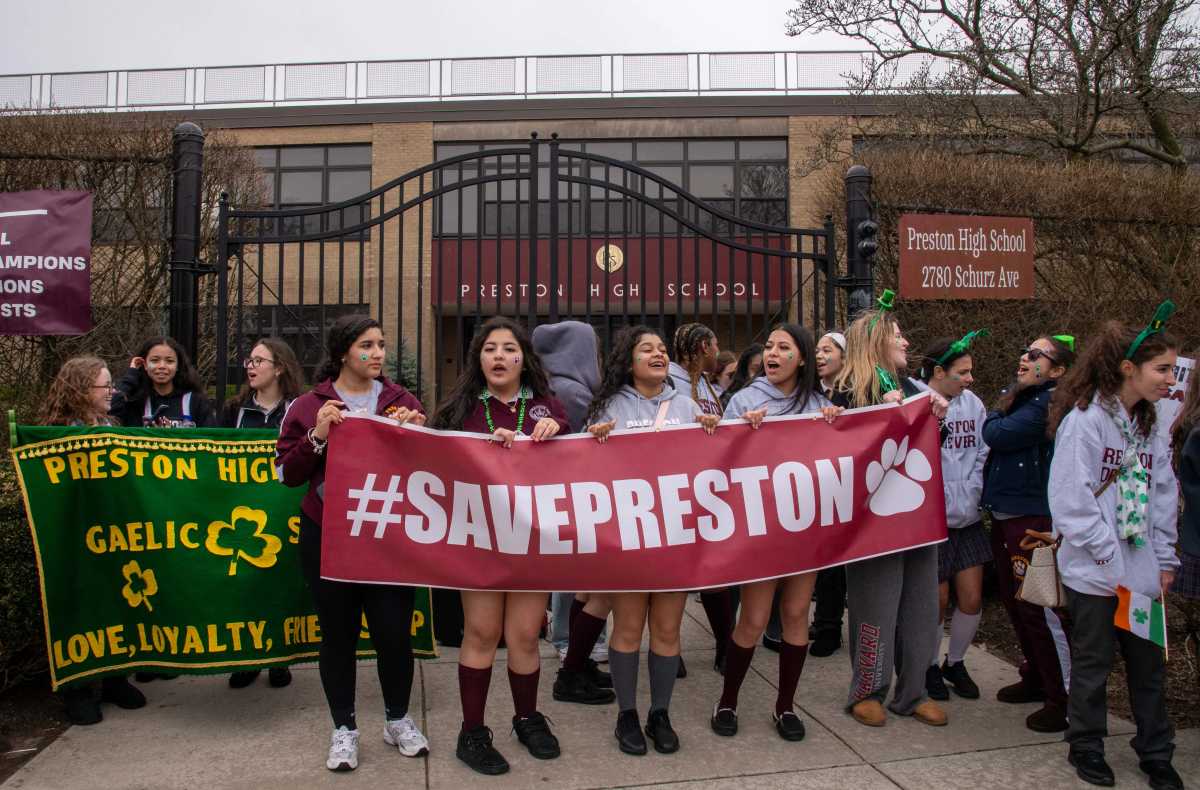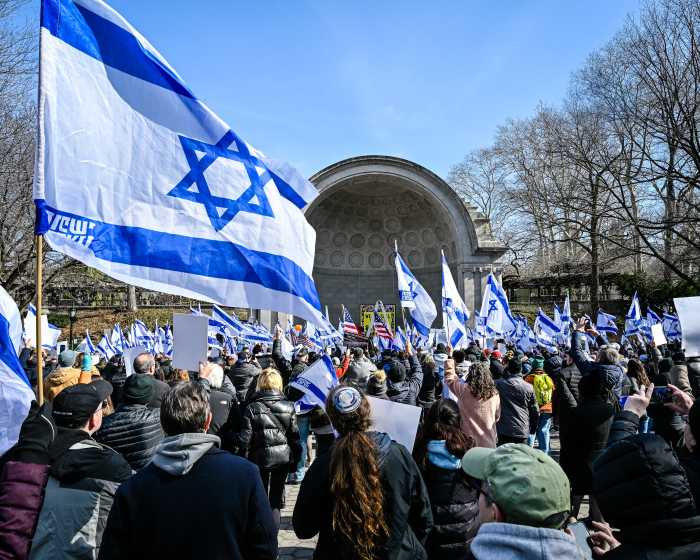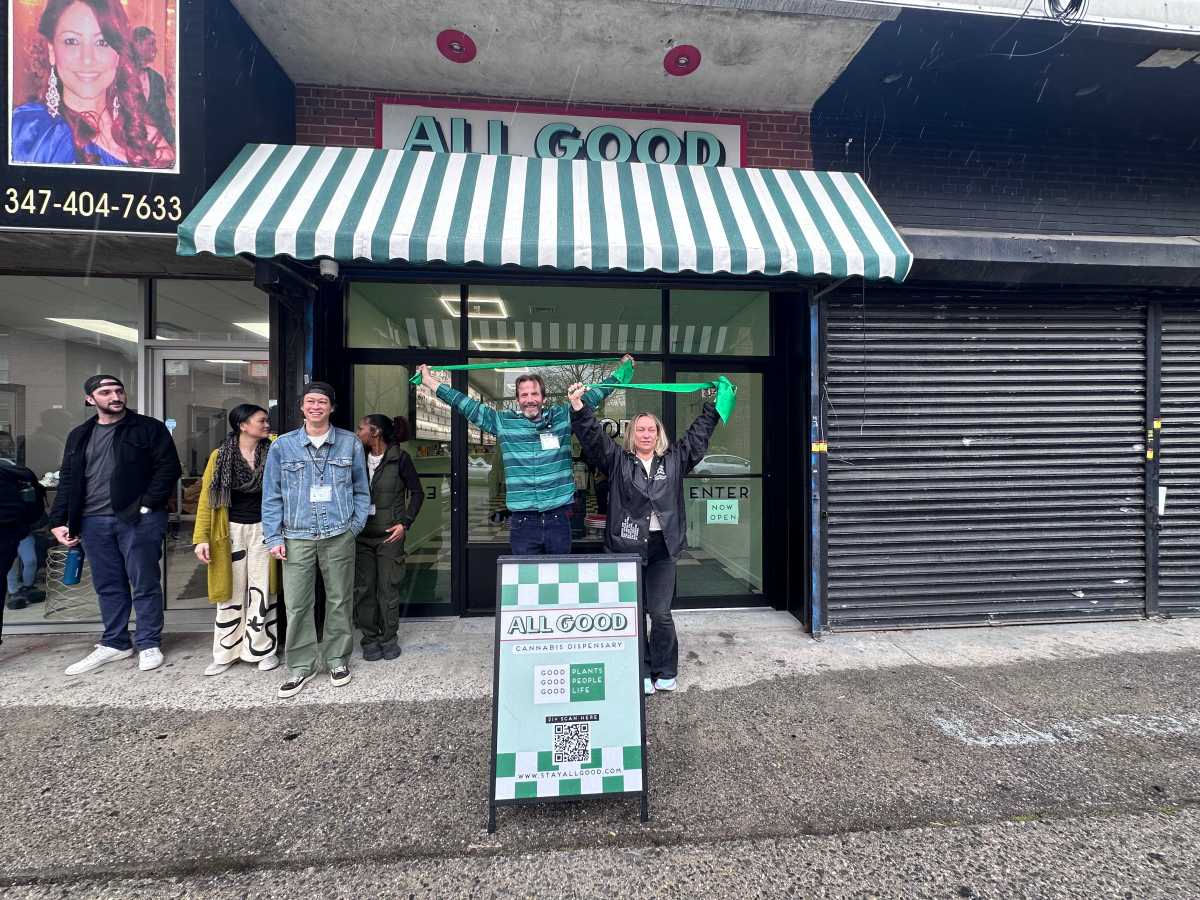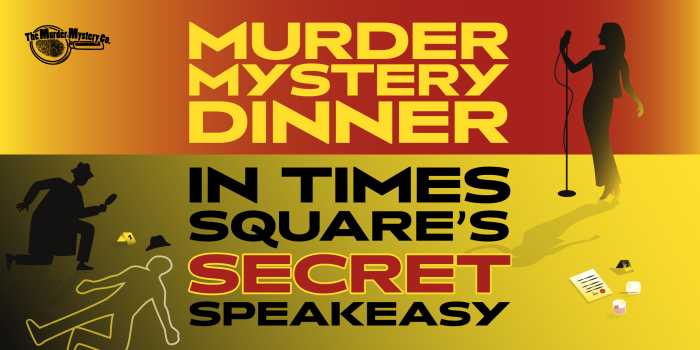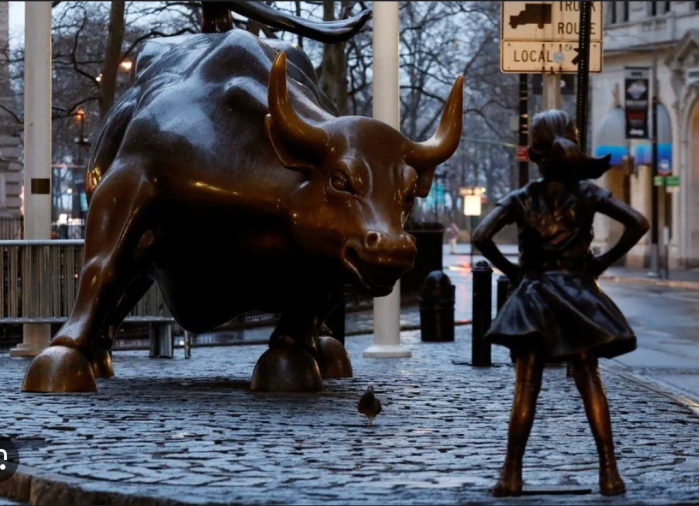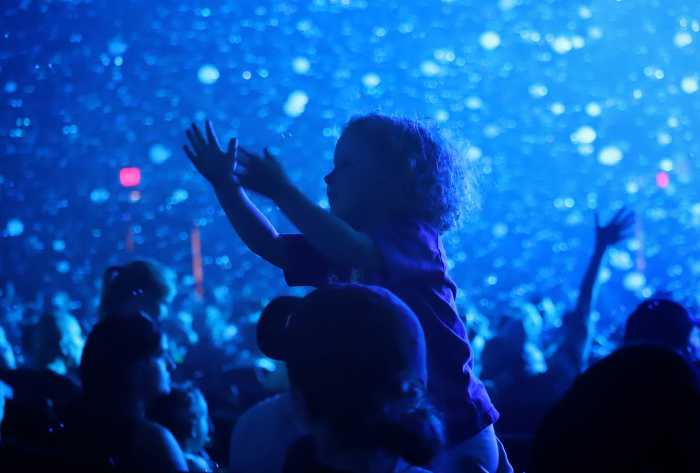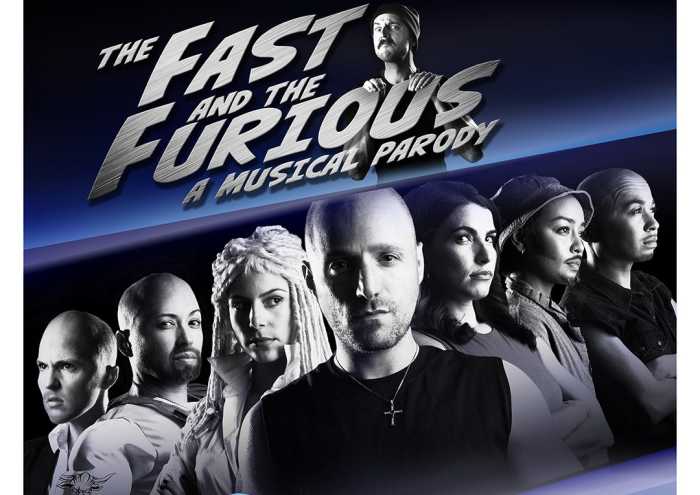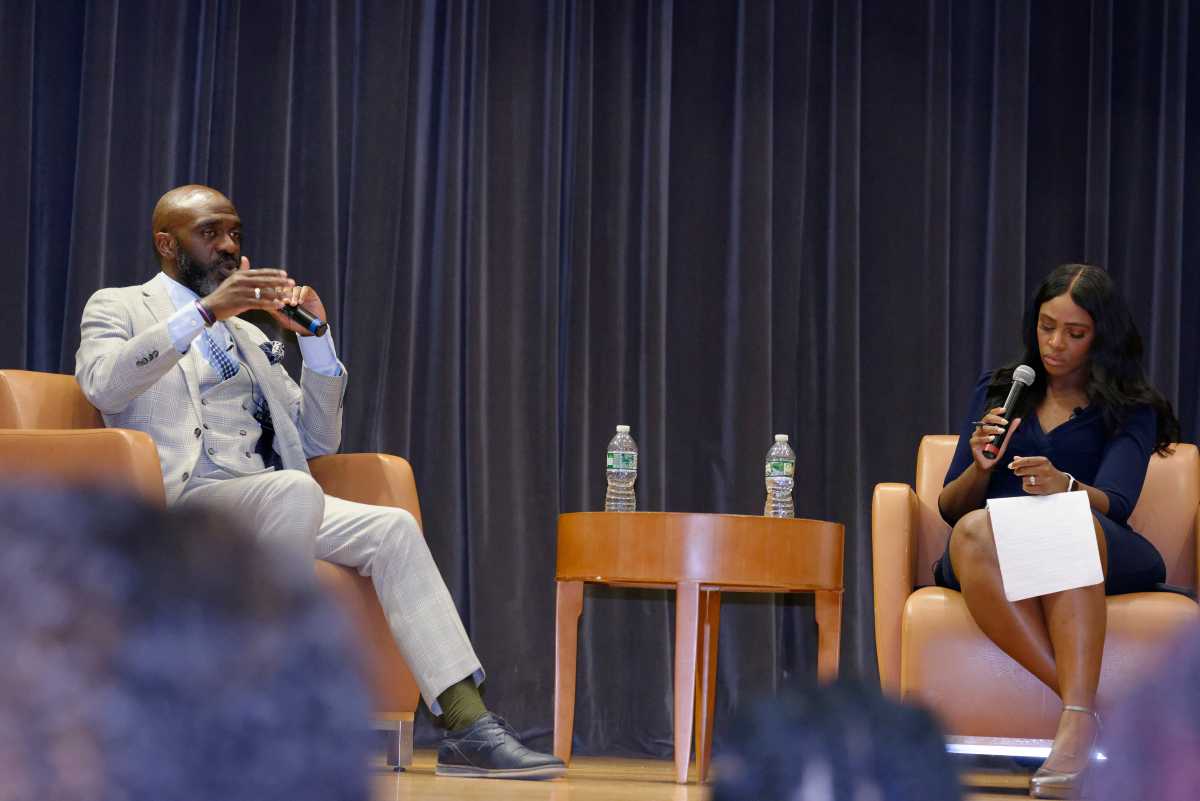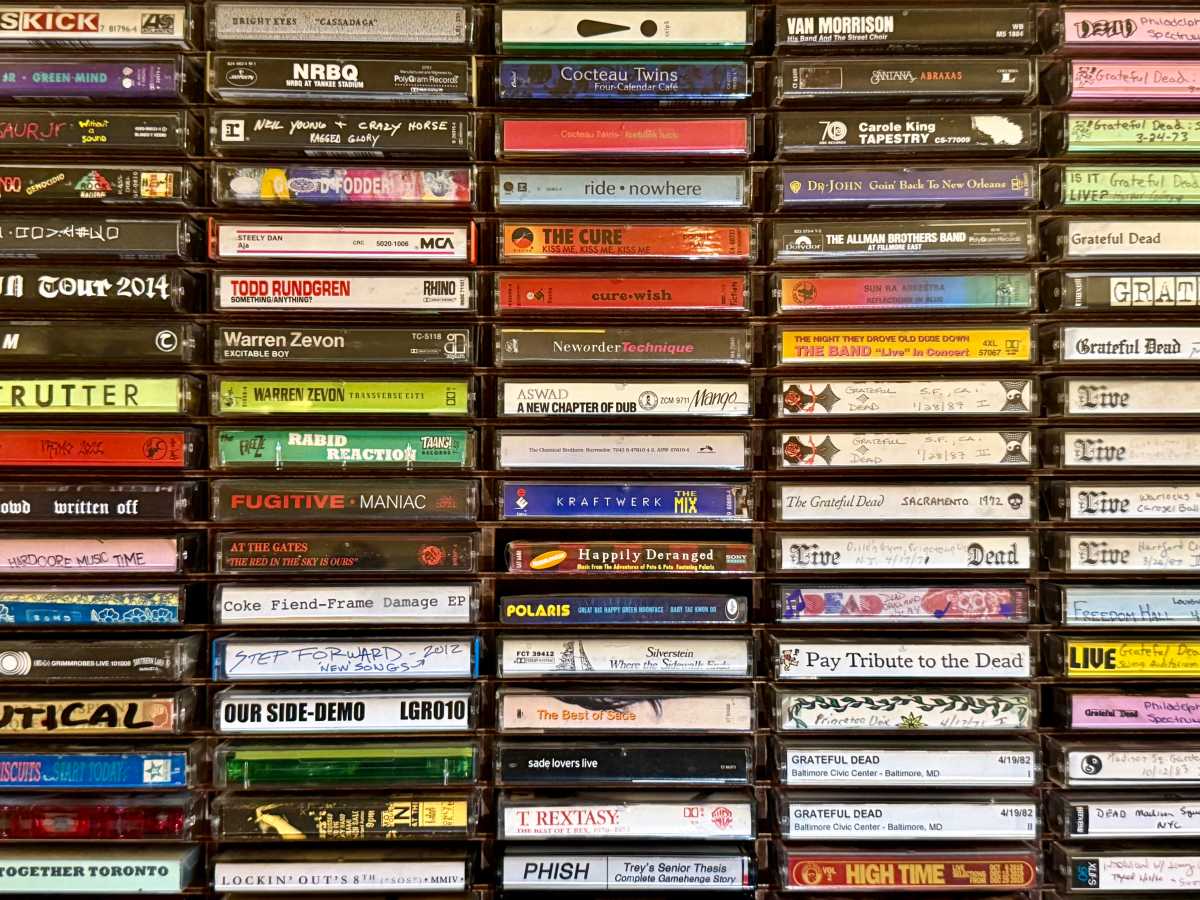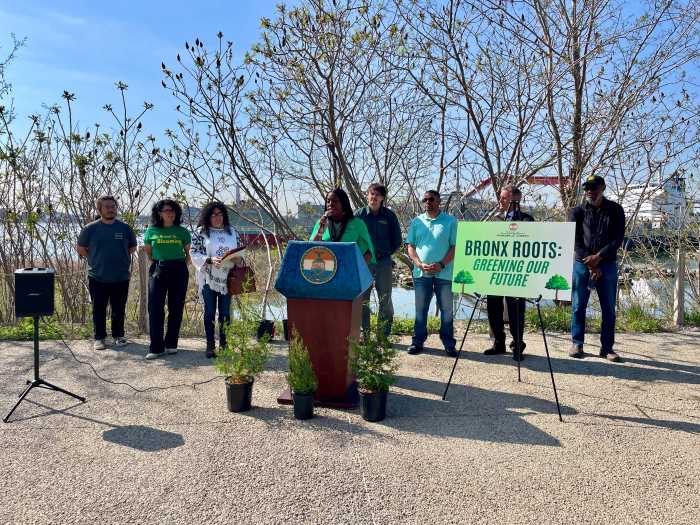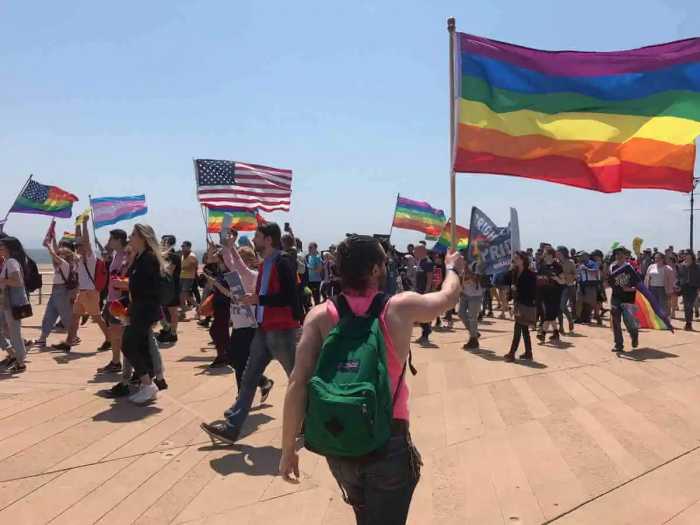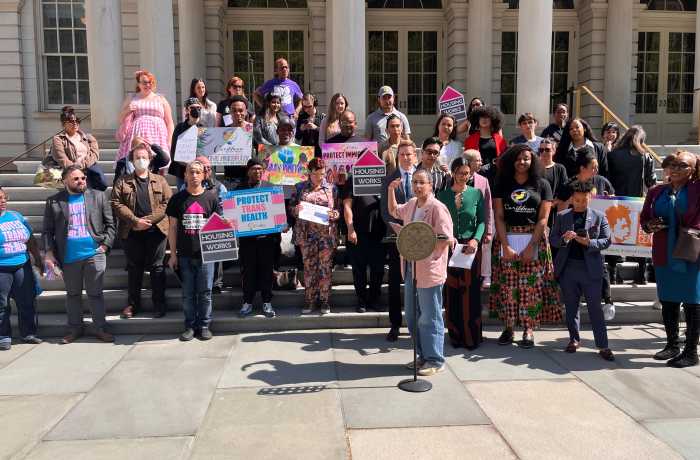The NYC Arts in Education Roundtable, an organization dedicated to promoting art education in communities, and members of the New York City Council announced a significant boost Monday in funding for the arts in public schools, a move aimed at enriching the educational landscape for students across the city.
The initiative, known as “Support for Arts Instruction,” will allocate $4 million to enhance arts program offerings in New York’s public schools, a $1 million increase from the previous year.
At a celebratory event held outside of P.S. 38 in Manhattan, key figures, including finance chair Council Member Justin Brannan, Council Member Carlina Rivera, chair of the committee on cultural affairs, libraries and international intergroup relations, and prominent educators applauded the initiative’s impact.
“Every student in New York City deserves access to a high-quality education that includes the transformative power of the arts,” said Council Member Rivera said. “Through the Support for Arts Instruction initiative, we’re not only enriching students’ academic experiences but empowering them to develop creatively, socially, and emotionally.”
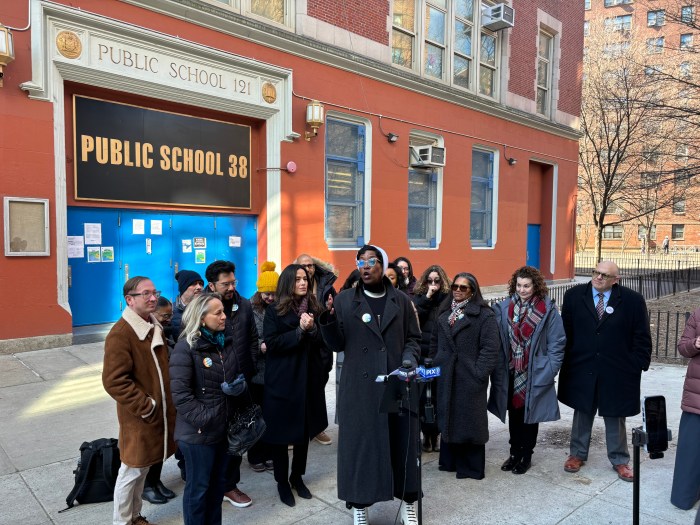
The project’s essence lies in its mission to provide robust arts instruction, ensuring that all students have the opportunity to explore their creativity. The initiative currently supports 239 schools, each receiving a funding share of $16,527. Notably, PS 38M is among the recipients, partnering with organizations like Teatro Sea, Midori & Friends, and Partnership with Children to deliver exemplary arts programming.
“The importance of arts in our schools can never be overlooked. The basic guitar chords I learned in our city’s public school system set my entire adult life into motion,” Brannan said in a statement. “Just by exposing me to the arts, my experience at school unlocked a love of music and the community that comes with it, sent me traveling around the world, and – through a few twists and turns along the way – landed me right where I am now. Alongside all the other doors that education unlocks, every kid in New York City deserves that kind of opportunity.”
Kimberly Olsen, executive director of the New York City Arts in Education Roundtable, heralded the initiative’s success, calling it “transformative.”
“It not only helps them explore their creativity; it leads to better academic outcomes, mental health, and graduation rates,” she said. “The arts reach and engage all students in ways that other subjects cannot. And most importantly, arts education has been and continues to be a critical lifeline for students.”
The initiative has also garnered support from organizations dedicated to arts instruction, including Midori & Friends, a music center that educates students in grades pre-k through 12th.
“We’ve seen firsthand how access to quality arts programming transforms young lives, and we’re grateful to the City Council and the NYC Arts in Education Roundtable for their leadership in expanding these opportunities,” Larisa Gelman, executive director at Midori & Friends, said. “This initiative reflects our shared commitment to ensuring every child in New York City has access to the transformative power of the arts, regardless of background or circumstance.”
A recent report from the NYC Arts in Education Roundtable revealed that 99% of schools felt the Support for Arts Instruction initiative significantly enhanced access to arts education, while 99% acknowledged improvements in student achievement, mental health and community engagement due to the program.
“The arts are a critical part of a well-rounded education. The Support for Arts Instruction initiative has allowed New York City’s students access to cultural institutions, meaningful arts instruction, and once-in-a-lifetime performances,” Council Member Keith Powers said, emphasizing the vital role of the arts in education.
Schools selected for the program were chosen with the intent of expanding opportunities for arts instruction in historically underserved areas. The selection process involved collaboration between the NYC Council, the NYC Public Schools Arts Office, and the NYC Arts in Education Roundtable—factoring in geographic location, school enrollment and past access to arts programming.




